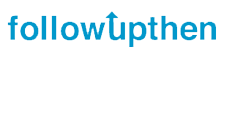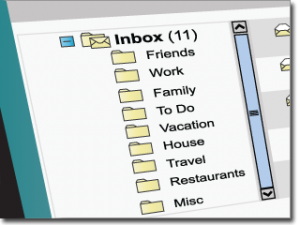One of the email lists I subscribe to starts every email with, “Hello everyone,” and every time I read that I get a little bit annoyed.
I’m not everyone, I’m just me. I don’t care if there are 1000 people getting the same email, when you write to me, write to me. Use my name or just start writing.
This is a basic copywriting premise. Write to your reader in “me to you” language. Don’t call attention to the fact that I’m part of a list and you really don’t know who I am. Even if it is a newsletter and everyone knows it.
I open her email because she has some good things to say. But often, I delete her emails just as quickly. Why? Because her emails are ONE BIG FAT WALL OF TEXT.
Long emails are fine, as long as the content is good. But her emails make me work.
Long paragraphs with no breaks are hard to read. She should use short paragraphs. And short sentences.
Like this.
Break things up and make them visually inviting. Use bullet points and numbered lists. Let me scan the message and get the gist of it.
And then, get to the point. You don’t need to do a warm up, you’ve got my attention so tell me what you want to tell me.
The first sentence of an email is critical. It is a headline for the rest of the message. It determines whether I will read the second sentence, and beyond, so it must grab my attention by promising me a benefit or making me curious.
Of course I won’t be reading that first sentence if the subject line of the email doesn’t get my attention.
If the subject doesn’t grab me, I won’t open the email.
The subject of your email is the single most important sentence in the entire message.
One recent email from this woman had the following subject line: “Wow, another level”.
No, I don’t know what the email was about. I didn’t open it.









